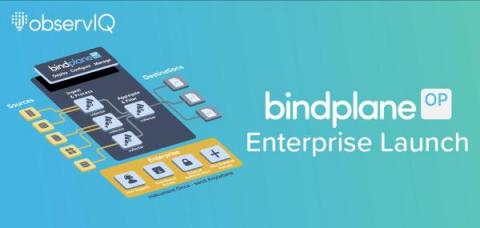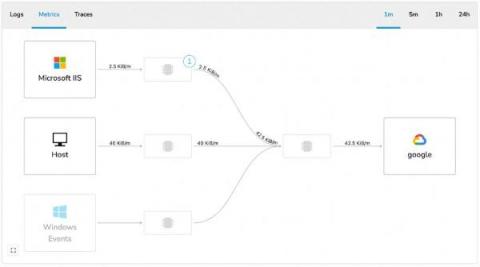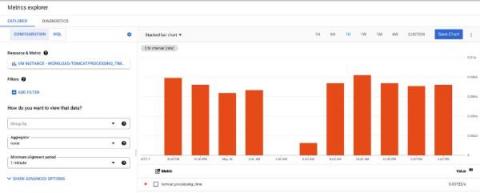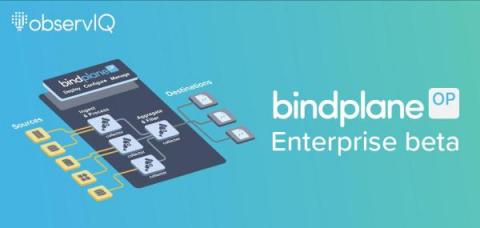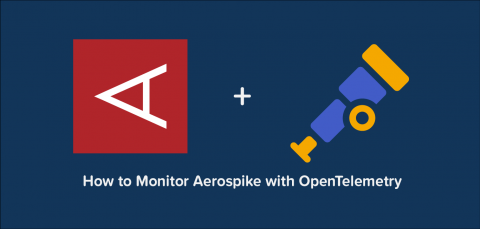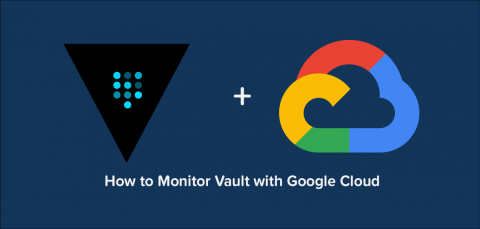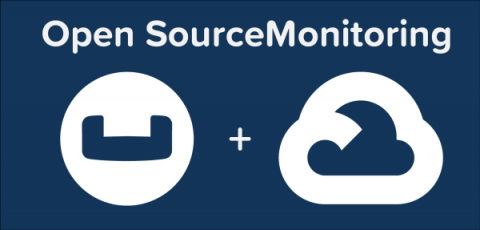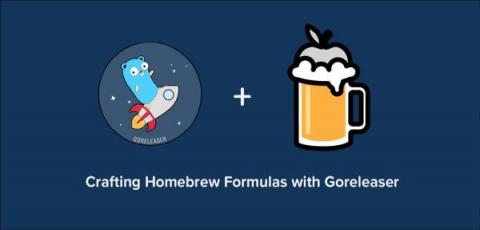observIQ Announces Enterprise Edition of Open Source Observability Pipeline BindPlane OP
Continuing its commitment to open source observability, observIQ announces the enterprise edition of BindPlane OP. BindPlane OP provides the ability to control observability costs and simplify the management of telemetry agents at scale while avoiding vendor lock-in.


